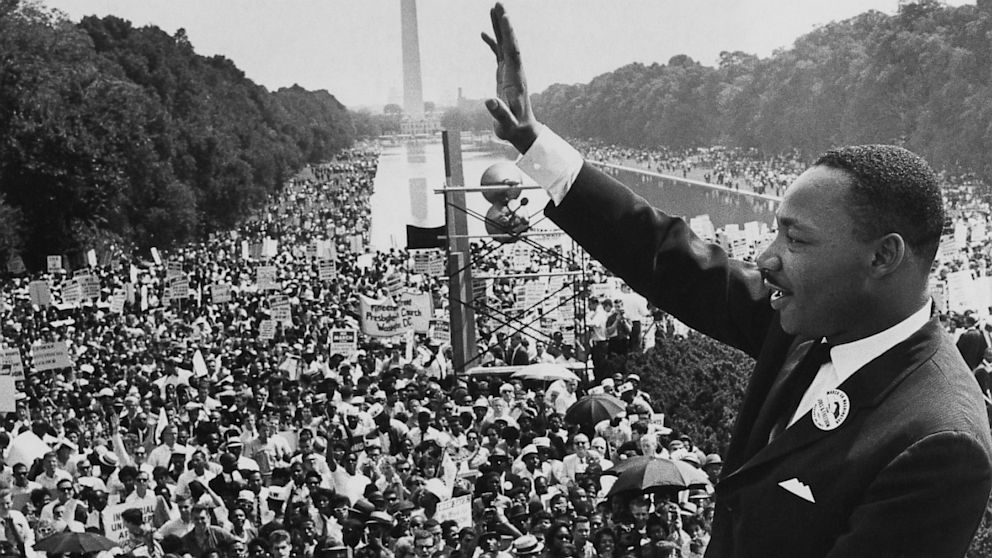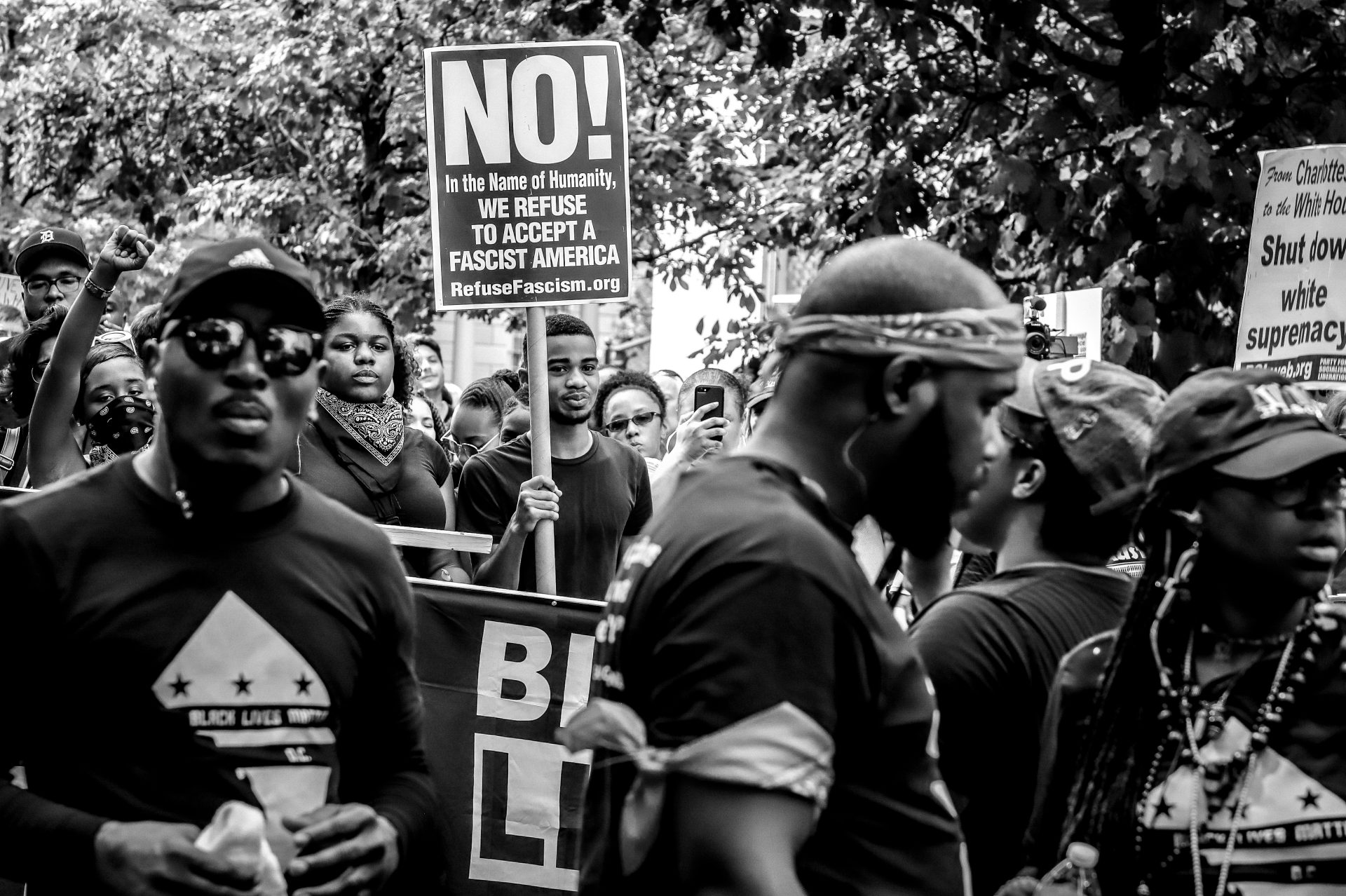This is who we're up against, folks. A Tennessee county commissioner during a public meeting on Monday used an anti-gay slur and racism to attack a Democratic presidential candidate, then insisted, as he put it, that he’s “not prejudice.” Commissioner Warren Hurst,...





